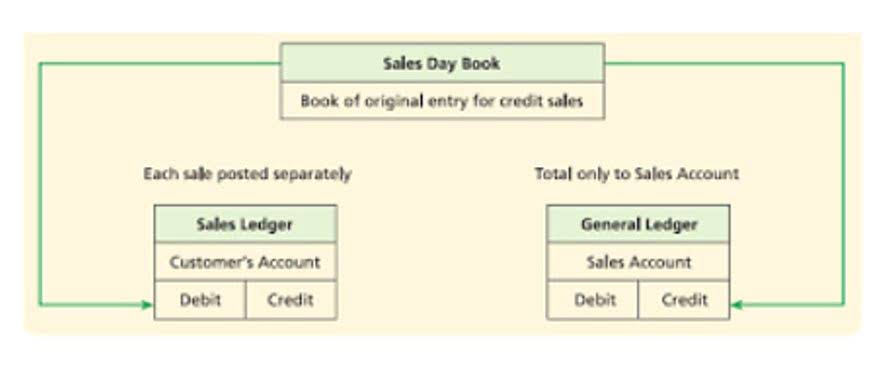
Incorporation is the process of legally creating a corporate entity, which can be a separate legal entity from its owners, with its own … No, Pilot requires continuous monthly service to maintain accurate books, though you can cancel with 30 days’ notice. Other services are available to help you with taxes and financial planning. Tax plans are billed separately but must be purchased with Pilot Bookkeeping services.
Beginners and Start-Ups

Aside from basic financial normal balance reports, Pilot will also include a Flux Insights report that will show significant changes in your accounts and a short commentary that briefly explains what caused the change. This report helps keep you on top of expenses and makes you aware of when your business is incurring significant expenses. Once your dedicated bookkeeper finishes the checklist and review process, they’ll email you to tell you that the bookkeeping process has been completed. You can immediately see all the changes they made in your QuickBooks Online account. Before the formal bookkeeping process begins, Pilot will onboard clients to introduce the bookkeeping software and show how the process works. The onboarding process will also help Pilot experts know what to expect and what needs to be done.
Does Pilot Bookkeeping perform cash-based bookkeeping?
- It’s important to note that Pilot requires annual prepayment for its services.
- Incorporation is the process of legally creating a corporate entity, which can be a separate legal entity from its owners, with its own …
- With Pilot’s Core plan, you can communicate with your bookkeeper via email and hope to receive a response within a business day or less.
- Reviewers of QuickBooks Live praised its responsiveness and affordable fees, and Pilot users appreciated its ease of use and additional services available.
- Beyond basic bookkeeping, it provides financial models and cash flow forecasts to help businesses plan for the future.
- You can purchase Pilot bookkeeping as a core plan, accessing a specialist expert to help you and your financials.
Your monthly reports also include metrics specific to your industry. For startup businesses, Pilot will calculate your burn rate, while for ecommerce stores, it’ll provide inventory updates. Pilot, an online bookkeeping service, pairs each business with a dedicated financial expert to reconcile its books on a monthly basis, compile reports and offer financial best practices. Its bookkeeping services are based on an annual subscription model, with pricing that scales with your monthly expenses and your business needs. It also charges an onboarding fee that’s equal to one month of bookkeeping. These features may not be as sophisticated as Pilot’s, but they’re a good fit for a business that doesn’t require additional services like payroll, invoicing, and bill pay.

Bookkeeper360

Pilot is only compatible with QuickBooks Online and doesn’t offer payroll services or cash-basis accounting. It is very expensive when compared to its competitors, but geared towards larger companies or companies that anticipate rapid growth. When we compare QuickBooks Live and Pilot Bookkeeping, we find that they differ mainly in the types of services they offer and the level of customer support available. While QuickBooks Live offers more basic bookkeeping services like categorization of transactions and financial reporting, Pilot also offers the option of tax, CFO advisory, and A/P and A/R services.

- While Pilot offers real-time insights, they do not leverage AI automation as extensively as Zeni.
- In addition, we employ a comprehensive editorial process that involves expert writers.
- Bench is a similar service in that you get access to a team of bookkeepers and financial experts.
- Since QuickBooks Live and Pilot both require a subscription to QuickBooks Online, the price for the software must be factored in as well.
- Deciding on the right business phone system for your company can take a lot of research.
The best on our list is what we think is best for most, not for everyone. As such, identify your specific needs while reviewing our list, and you’ll be sure to find the ideal fit from our top-rated services. The integration process was just as smooth, and I have to say, I am loving the client portal so far. The ease of finding relevant reports and interacting with my bookkeeper to ensure we’re accounting for the nuanced transactions properly has far Restaurant Cash Flow Management exceeded my expectations.
- All plans include monthly reports with profit and loss statement, balance sheet and cash flow statement; burn-rate calculations; chart of accounts.
- Pilot is an online bookkeeping service that claims to combine human expertise with advanced software to provide small businesses and startups with accurate and efficient financial management.
- Pilot prices its services based on your business’s monthly expenses.
- Transactions are sent automatically to Pilot to ensure your financial records are fully accurate.
The team we worked with are super knowledgeable and the financial controllers helped us setup our processes to help us scale our business. Something that sets Pilot apart is the fact that you can purchase CFO services. Though costly, they can help you build your staff if you can’t find your own CFO or if you’ve not yet reached the point where you can afford to hire one in-house. Beyond that, an extensive resource library full of articles about finances and small businesses/startups is completely separate from the blog. You have a Task list, which allows you to communicate with the team if they have any questions about the transactions. From what I could see of the interface in the demo, everything is clearly laid out and easy to understand.
- Sign up to receive more well-researched small business articles and topics in your inbox, personalized for you.
- With either service, you’ll have access to the QuickBooks Online mobile app to work on your books while away from the office, so we call this category a tie.
- With the QuickBooks Online mobile app, you’ll be able to receive real-time cash flow updates, access to reports and spending categories.
- If you have any questions, you can speak with your account manager through the QuickBooks portal or by email at no additional cost.
Online bookkeeping services can also automate certain tasks, such as reconciling bank statements, generating financial reports, and tracking expenses. In welcome contrast to other services on our list, Pilot offers a series of helpful price breakdowns in addition to custom pricing options. They show clear and readable lists detailing services provided, pricing pilot accounting reviews based on monthly expenses, and with add-ons clearly marked. Like other tech-forward bookkeeping services, Pilot supports integrations with business and payroll software such as QuickBooks, Gusto, and Expensify. It also specializes in working with high-growth technology startups, ecommerce and professional service providers, and nonprofits. Pricing starts at $499 per month for businesses with less than $15,000 in monthly expenses.


